
Faerie Wabi sabi art, Artist interview, Art retreats
3. Natural Materials: Wabi-Sabi art paintings utilize natural materials such as wood, bamboo, and handmade paper. These materials age gracefully and develop a unique patina over time. 4. Patina and Decay: The presence of patina, weathering, and decay is celebrated in Wabi-Sabi art. These imperfections tell a story and add depth to the artwork.

Wabisabi interior decor Wabi sabi art, Wabi sabi, Wabi sabi ceramics
Wabi-sabi is a hard-to-define Japanese term, which, depending on how you choose to interpret it, is a Buddhist aesthetic theory about impermanence and death, or a genre of style and design. Here we take a brief look at what wabi-sabi is, its history, and what wabi-sabi likely is not. WHAT IS WABI-SABI
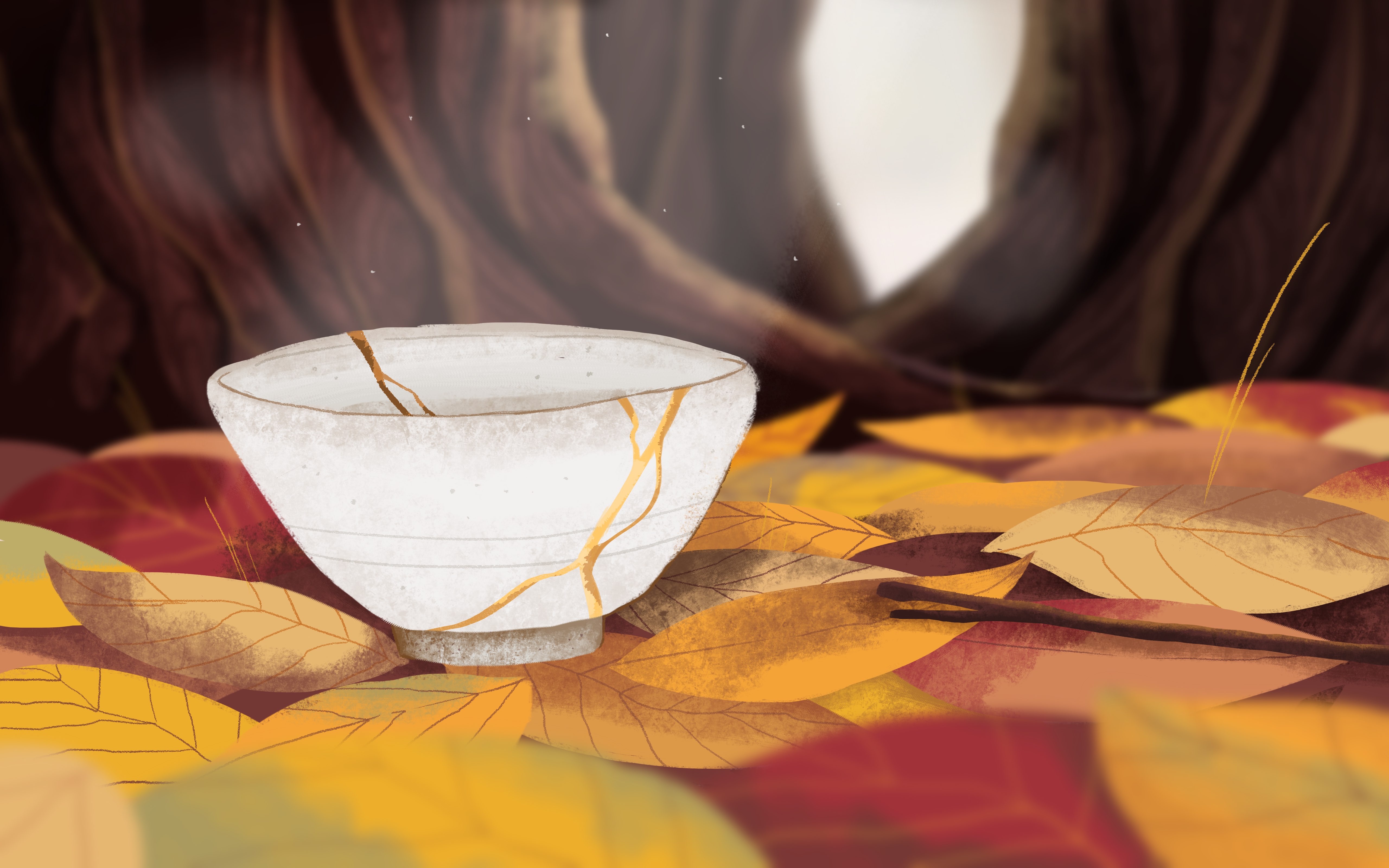
WabiSabi A Japanese Aesthetic as Worldview
Aesthetic of Japanese Culture, Wabi and Sabi The garden of Saiho-ji Temple in Kyoto Wabi and Sabi are words that express the sense of beauty unique to Japan and are often referred to in one word as "wabi-sabi". However, they are words that originally have different meanings. In fact, both words expressed negative feelings. Gradually,. Wabi and Sabi, unique sense of Japanese art Read More »

The WabiSabi way How to embrace the art of the perfectly imperfect
Wabi-sabi is a composite of two interrelated aesthetic concepts, wabi ( 侘) and sabi ( 寂). According to the Stanford Encyclopedia of Philosophy, wabi may be translated as "subdued, austere beauty," while sabi means "rustic patina ." [6]
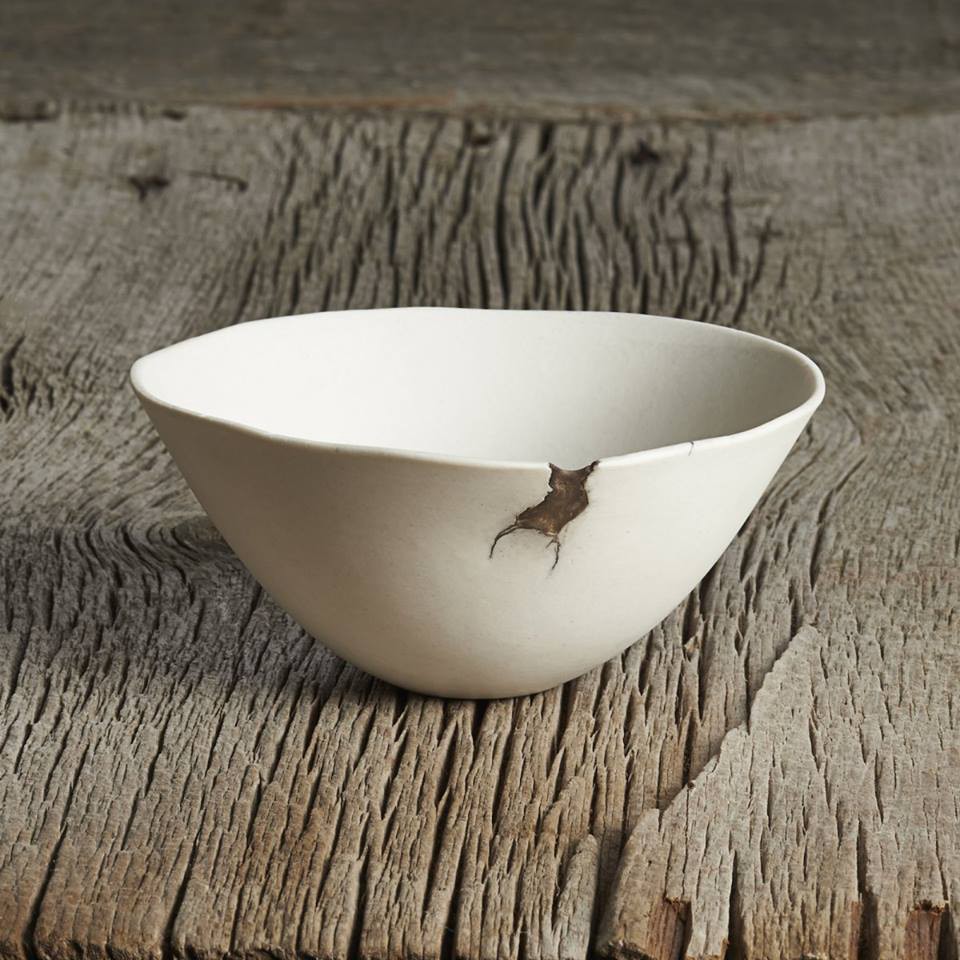
WabiSabi From A Design Perspective National Design Academy
What is wabi-sabi? Source: Mitsuru Nagata, used with permission. Wabi-sabi has been called by many names. A "characteristic feature of Japanese beauty" (Koren, 1994); an impetus for "serene.
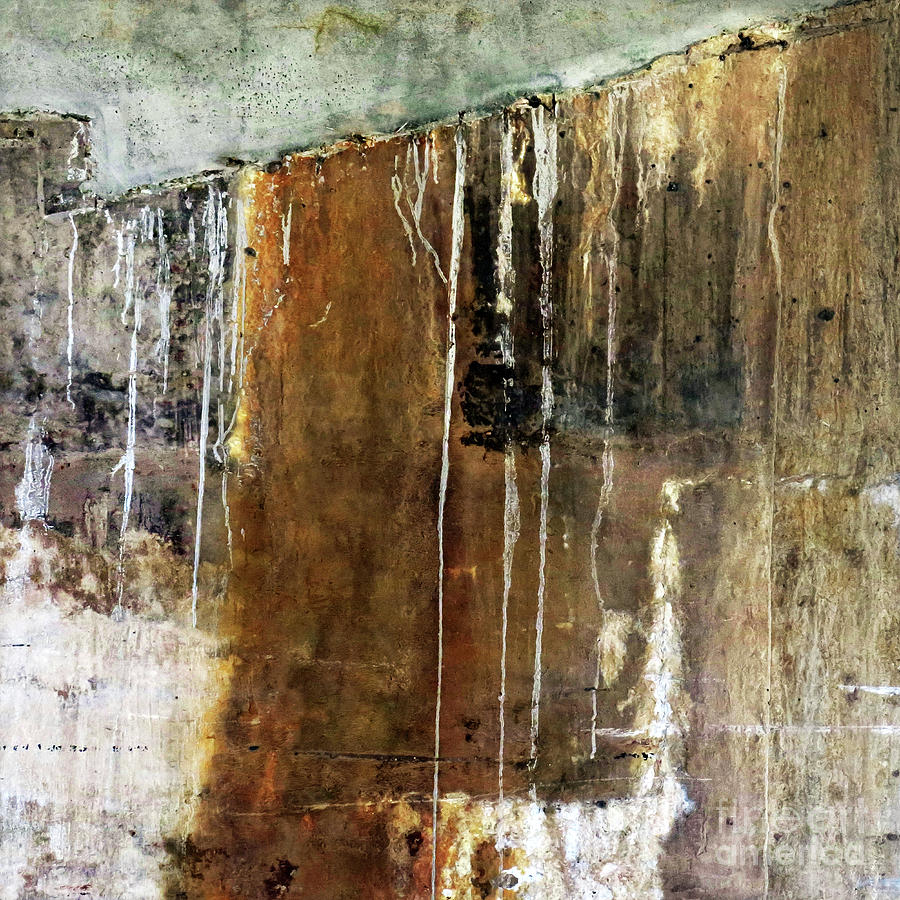
Wabi Sabi Series 0017 Photograph by Ron Evans
MUSEUM EXHIBITION. Often defined as flawed beauty, the wabi sabi aesthetic connotes asymmetry, awkwardness and evidence of the forces of nature and time. It embraces the unconventional and broken as beauty — reminders of the world's fragility and transience. The four artists in this exhibition come from diverse traditions.

5+ Painting Wabi Sabi Art Article PAINTSZF
Posted July 5, 2022 | Reviewed by Vanessa Lancaster Key points The Japanese concept of wabi-sabi relates to the particular value that comes with accepting imperfection and transience. Kintsugi,.

Wabi Sabi Art Wabi Sabi Wabi Sabi Art Print Wabi Sabi Etsy
Wabi-sabi in Photography can be used to distinguish pure documentation and generic stock images from Fine Art Photography, by introducing novel and not-so-easily reproducible elements to otherwise familiar images.
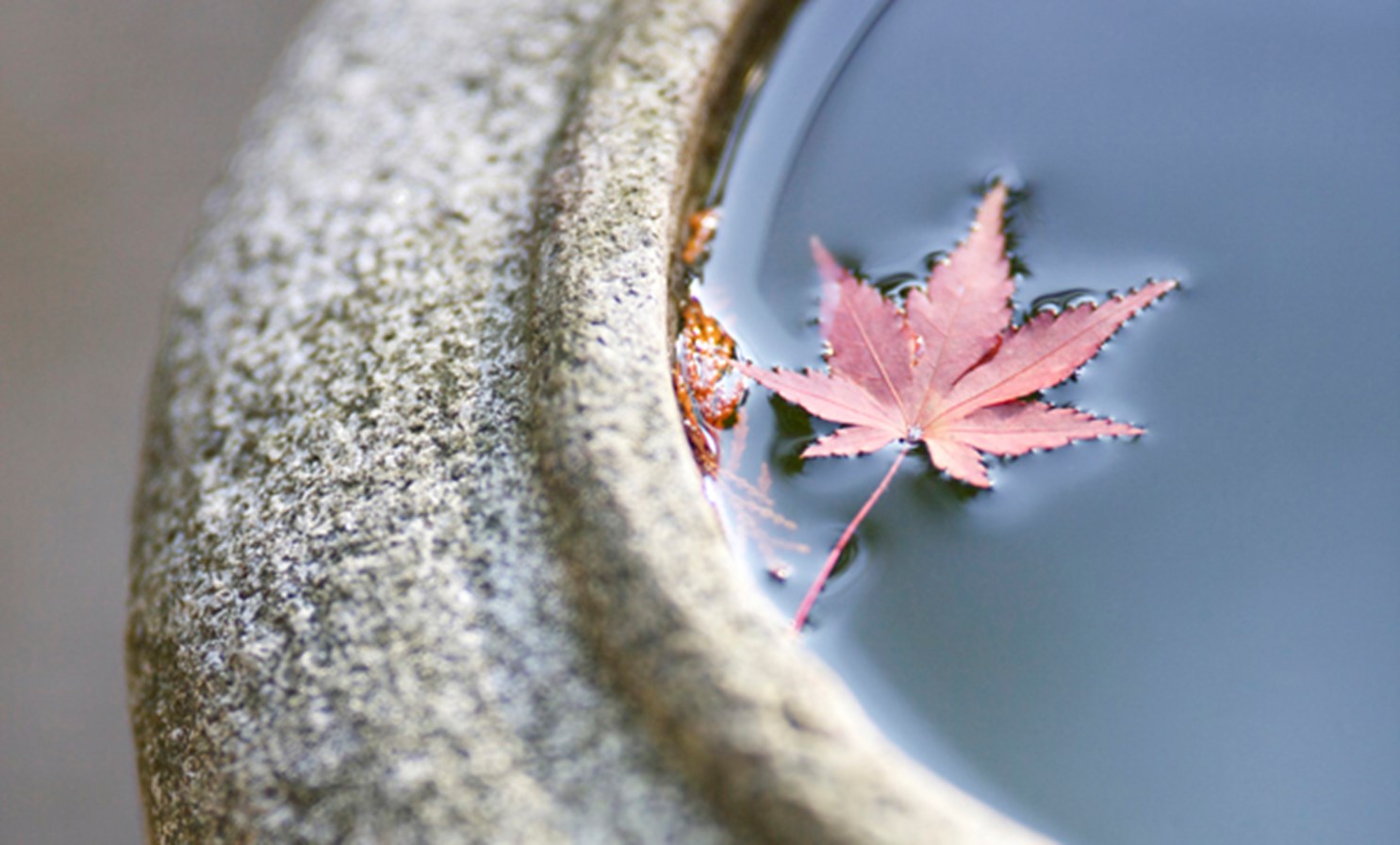
Musing upon the Japanese art of wabisabi Ampersand Travel
Wabi Sabi in Modern Art In a world often obsessed with perfection and precision, the concept of Wabi Sabi offers a refreshing artistic alternative. Rooted in Japanese philosophy, Wabi Sabi celebrates the beauty of imperfection, transience, and simplicity. It encourages us to find beauty in the worn, weathered, and imperfect aspects of life.
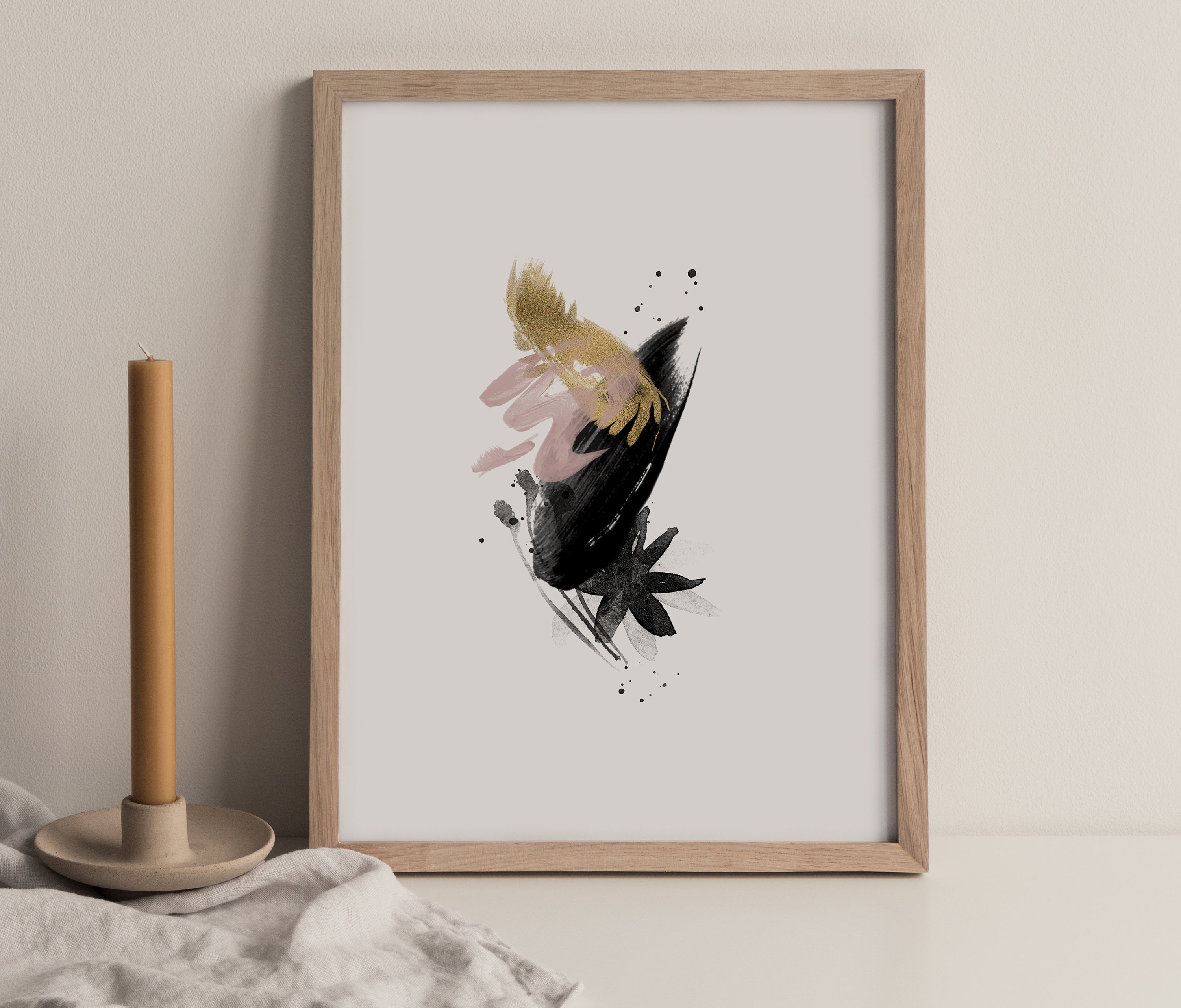
Wabi Sabi Wall Artprintable Wall Artwatercolor Wall Etsy
4. The Art of Imperfection. Wabi-Sabi stands for everything that today's technology-driven, mass-produced, luxury culture isn't. It celebrates farmers' markets over malls, textured and aged wood over smooth laminates, and rough cotton over silk. The Wabi-Sabi thought process is about curating imperfection.

Wabisabi Abstract Wall Artprintable Wall Artmodern Wall Etsy
Wabi-Sabi is a Japanese aesthetic borne out of a reaction to the lavishness and extravagance of the time, and embraces and celebrates the beauty in imperfection, impermanence, asymmetry, incompleteness and simplicity, with an appreciation for nature and its processes.

WabiSabi The Japanese Art of Embracing Imperfection
Emerging from traditional Japanese aesthetics, wabi-sabi is a perspective centered on the acceptance of imperfection and transience. Aesthetically it is somewhat related to minimalism, since it.

WabiSabi A Japanese Aesthetic as Worldview
Wabi-Sabi is not a style defined by superficial appearance. It is an aesthetic ideal, a quiet and sensitive state of mind, attainable by learning to see the invisible, paring away what is unnecessary, and knowing where to stop. Wabi-Sabi is the Japanese art of finding beauty in imperfection and profundity in nature, of accepting the natural.
The Art of the Imperfect Understanding WabiSabi by France & Son
In Wabi Sabi: The Japanese Art of Impermanence, Andrew Juniper defines wabi sabi as "an intuitive appreciation of ephemeral beauty in the physical world that reflects the irreversible flow of life in the spiritual world."

Embracing Imperfection The Art of WabiSabi Kristine Bonnici Design
The Wabi-Sabi designs refer to an art form of decoration or aesthetics that combines naturalness and simplicity. It describes a way of life that shines a light on simple authenticity and the beauty of that way of life. The Wabi-Sabi design means holding onto the old for their historical and sentimental value, rather than always pursuing the new.

Serena Barton WabiSabi Book Blog Hop! Wabi sabi art, Art Art
Wabi sabi has long influenced Japanese art and design, from zen gardens to pottery making. One of the best examples of the wabi sabi aesthetic is in the tools used in the Japanese tea ceremony, which are often imperfect, mismatched cups and utensils.